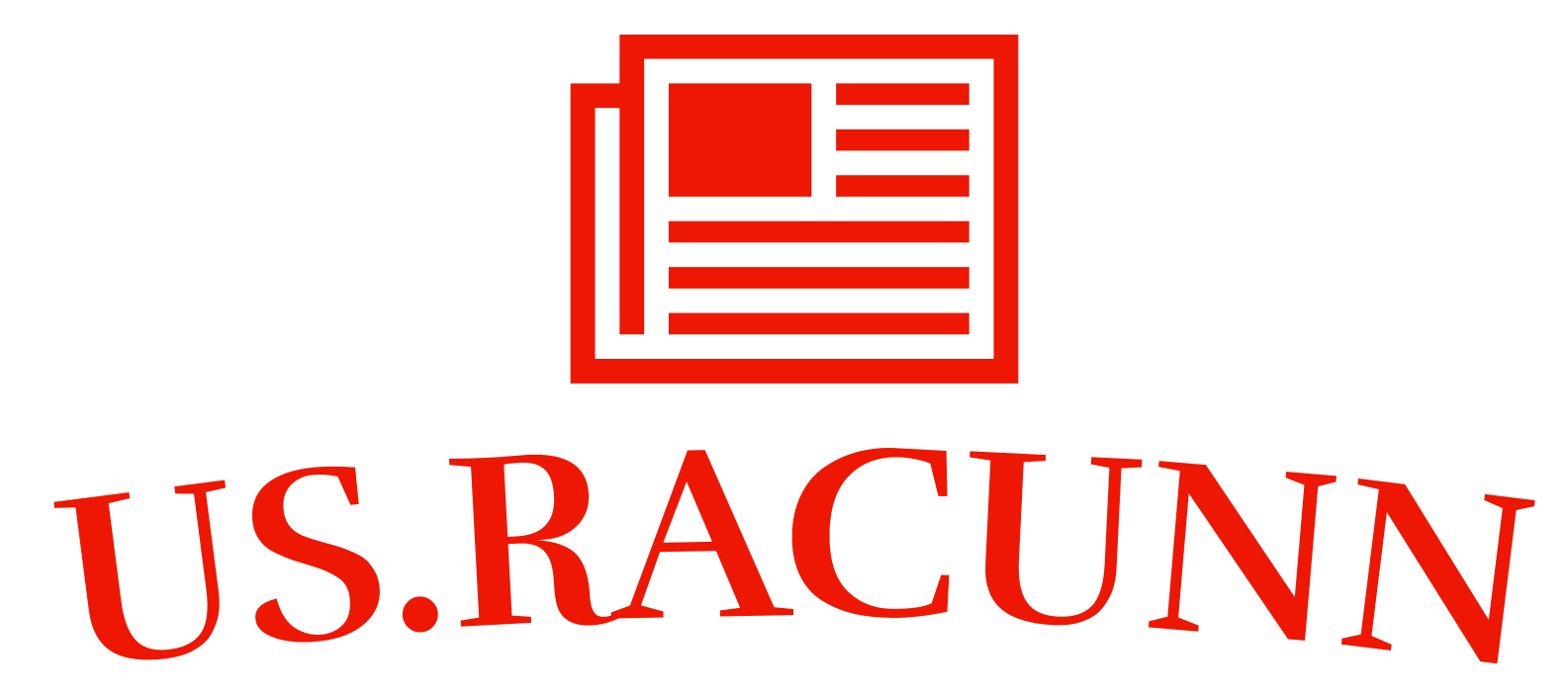On March 16, 2025, at 11:45 PM, a global event occurs that marks the launch of the first international digital art festival. Artists from around the world showcase their work in virtual reality environments, allowing viewers to experience art in immersive and interactive ways. The festival includes live performances, panel discussions on the future of digital art, and showcases of groundbreaking technology in the art world. This event is significant not only for its celebration of creativity but also for its emphasis on accessibility, allowing people from diverse backgrounds and locations to participate and engage with art like never before. The festival aims to foster a sense of global community and dialogue among artists, technologists, and audiences. In the month leading up to this event, various preparations take place, including the selection of artists, the development of virtual spaces, and promotional campaigns to attract participants. Leading up to this, the art community witnesses an increased interest in digital mediums, spurred by advancements in technology and growing recognition of digital art as a legitimate form of artistic expression. Reflecting on the preceding years, one can see the evolution of digital art and technology. From early experiments in the 1980s and 1990s to the rise of social media platforms and blockchain technology in the 2010s, the landscape of art has transformed dramatically. This trajectory culminates in the landmark event of 2025, showcasing how far the art world has come and hinting at the exciting possibilities that lie ahead.
